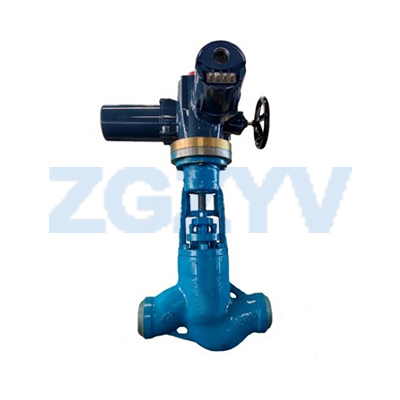How is the cleaning frequency of power station valves determined?
Power station valves are control devices of the power station pipeline system, used to regulate or cut off the flow of media such as water and steam. Its cleaning frequency needs to be determined comprehensively based on the valve type, working environment and usage intensity.
1. Valve type
Gate valve:
Under normal working conditions, clean once every 2-3 years, focusing on cleaning the valve cavity sediment.
Frequent use or high temperature and high pressure working conditions, shorten the cleaning to 6 months-1 year (such as main steam pipeline valve).
Ball valve/butterfly valve:
Clean medium, check and flush internal impurities every 1-2 years.
Containing particles or corrosive media, clean the valve seat and sealing surface every 3-6 months.
Stop valve:
For regulating flow, clean the valve core and valve seat every 1 year to prevent scale from affecting accuracy.
2. Working environment
High temperature and high pressure steam valve:
High temperature is prone to scaling, and it is recommended to flush the valve cavity scale every quarter to avoid blocking.
Corrosive medium valve:
Because the medium is highly corrosive, it is necessary to clean and check the corrosion of the sealing surface every 3-6 months.
Large flow/high flow rate valves:
Since impurities are easily deposited, the valve body should be disassembled and flushed every year.
3. Other key scenarios
Safety valve/check valve:
Clean once every 6 months to ensure sensitive action.
Spare valves that have not been used for a long time:
Clean thoroughly before activation to prevent rust slag from clogging.
Systems with poor water quality (such as hard water):
Shorten cleaning to quarterly to reduce the impact of scale.
